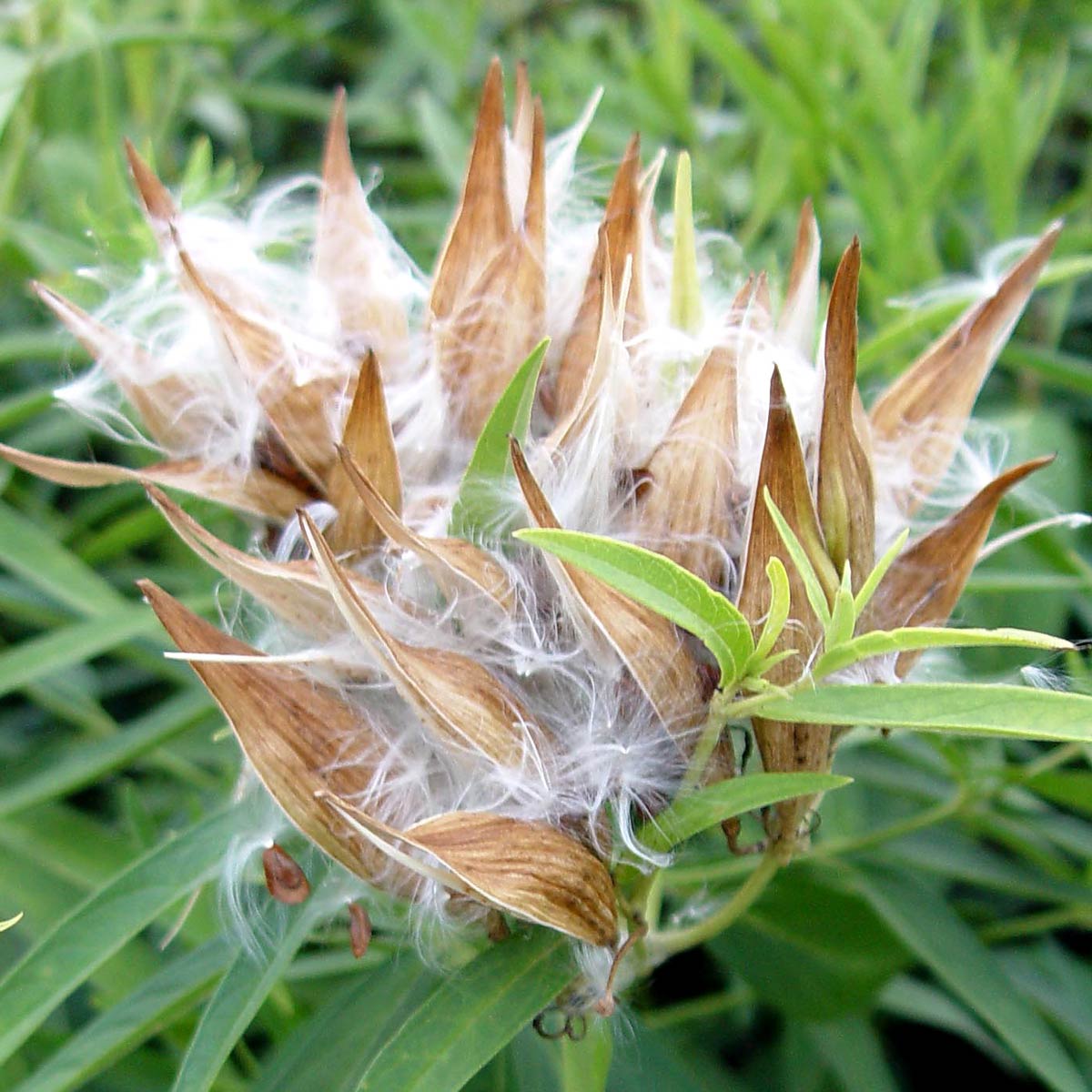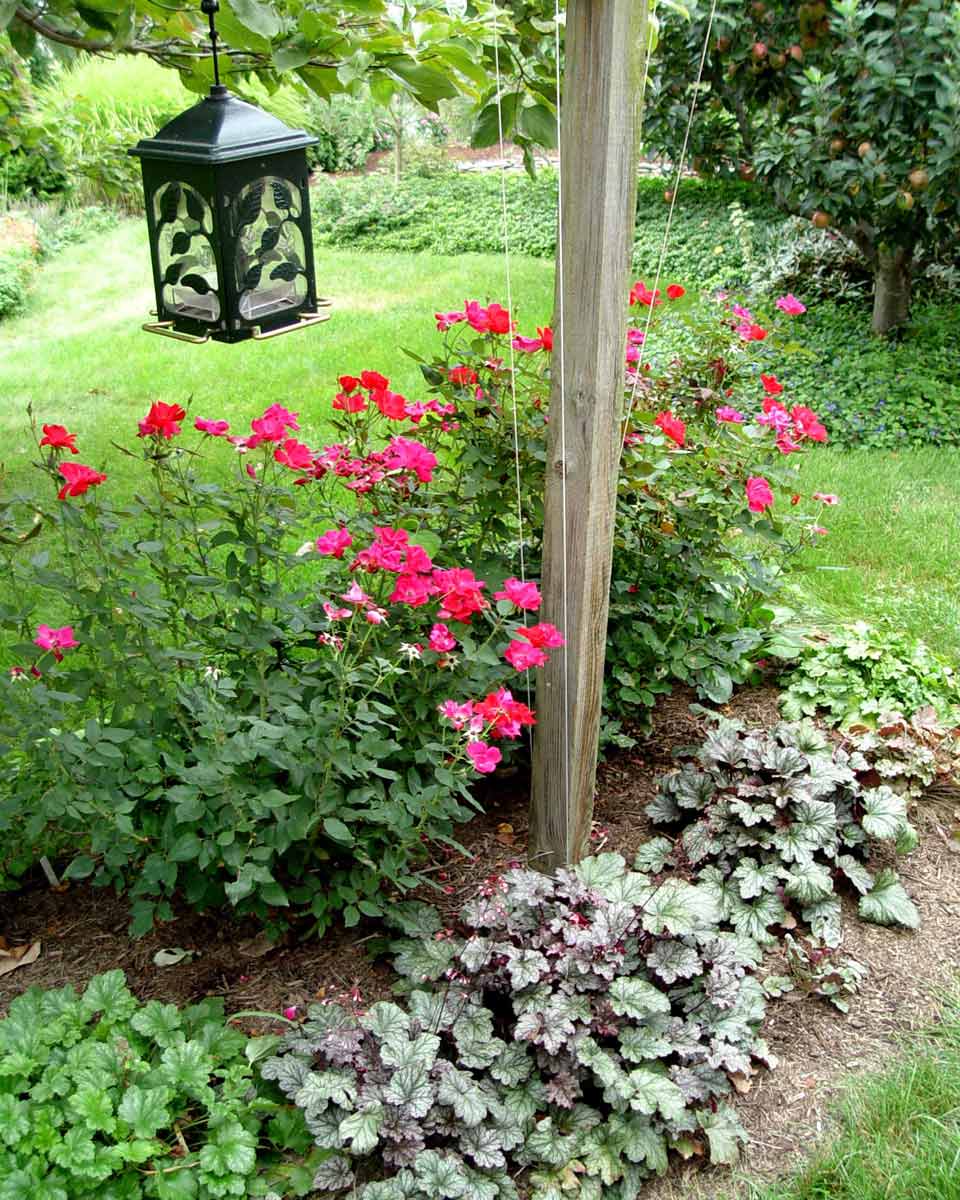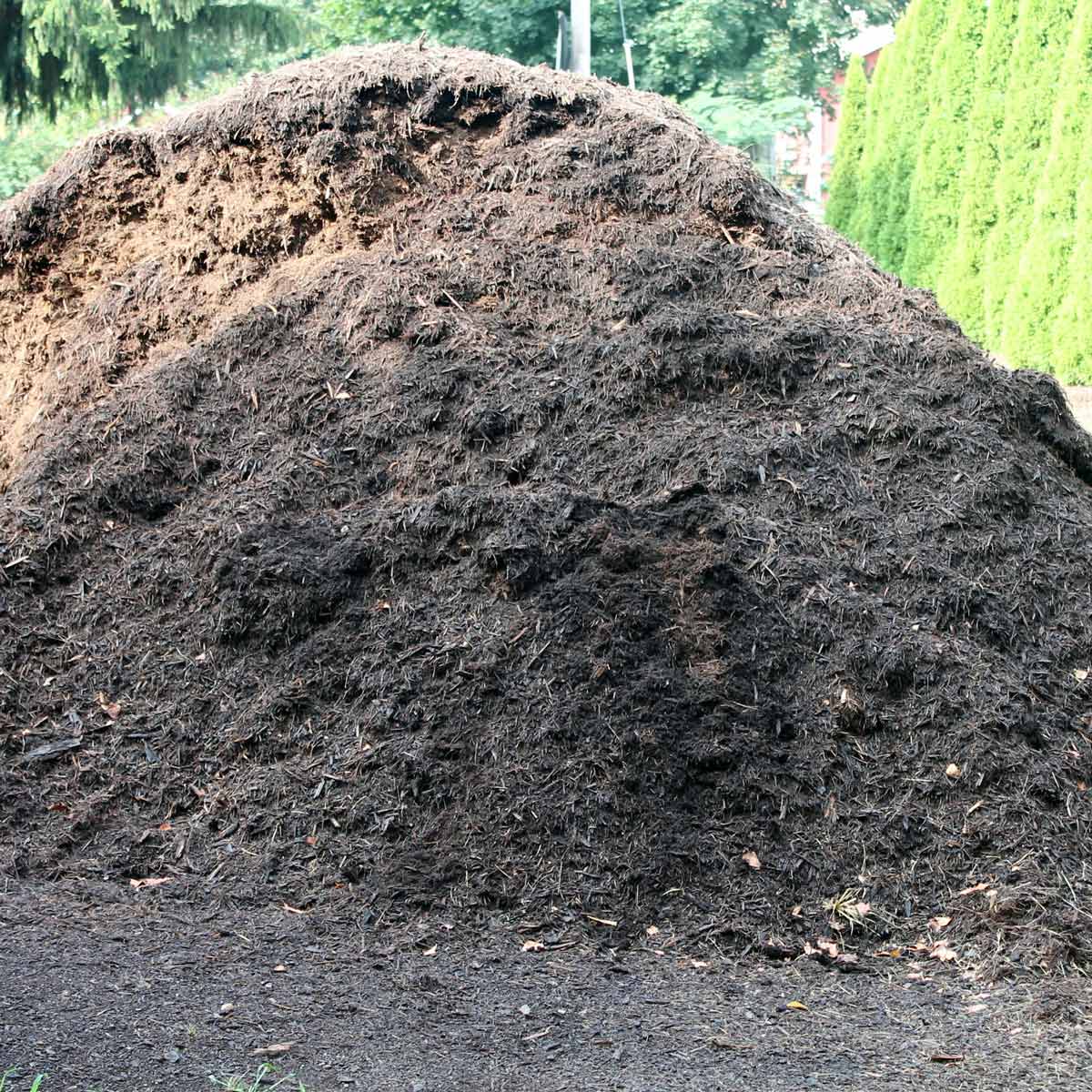Why You Should Never Let a Weed Go to Seed
Weeds in your garden are not only unsightly, they also are the source for more weeds to invade. Prevent new weeds from growing with Preen Weed Preventers.

Some weeds spread when their seeds blow around on the wind. George Weigel
Weeds sometimes blanket a bare area so quickly and completely that it seems like they’re magically materializing out of thin air.
It might not be magic, but the thin-air part really is a likely explanation since so many common weeds ride into our yards via wind-blown seeds.
Dandelions, sowthistle, groundsel, prickly lettuce, and milkweeds can colonize miles away because of the fluffy attachments that keep seeds airborne over long distances.
The Weed Science Society of America says seeds of horseweed (or marestail), a U.S.-native plant, have been tracked traveling upwards of 300 miles by air, explaining why horseweed has become a weed in multiple countries.
While wind is a leading method of weed proliferation, it’s far from the only way that weeds find their way into new areas. Here are eight other routes:
Sometimes weeds rely on “helpers” to carry them from one place to another.
Light-weight flyers such as birds, hummingbirds, bees, and other pollinating insects inadvertently pick up seeds on their bodies as they’re visiting fields and flowers. Then the seeds drop off and germinate when the bird or bug flies to a new area.
Humans do their share of weed-spreading as well.
One of the most common methods is on the soles of shoes – especially after a hike through a meadow or a walk through any area when weeds are producing mature flowers.
Walks in wet weather are particularly good at helping weed seeds stick to shoes.
Weed seeds also can stick to hoes, trowels, shovels, and other tools.
As with shoes, vehicle tires can pick up seeds and disperse them miles away – especially when vehicles go off-road or traverse weedy roadsides.
Research at Montana State University found that besides the tires themselves, weeds can stick to bumpers, wheel wheels, and vehicle undersides.

Weed seeds that find their way into bird food can germinate underneath feeders. George Weigel
Bird feeders not only attract birds that might be carrying weed seeds on their feathers, but the bird seed that goes into the feeders also is a common source of weed introduction.
Several seeds commonly found in bird food mixes can sprout below feeders, including sunflower, millet, canary seed, and canola.
Oregon State University did a study of 10 brands of wild bird feed sold in stores and found more than 50 different kinds of weed species in the samples. Half of the samples had at least six different kinds of weeds. The 10 most common were buffalobur, bull thistle, Canada thistle, ragweed, dodder, field bindweed, jointed goatgrass, kochia, puncturevine, and velvetleaf.
One of the more surprising weed helpers is a common type of earthworm known as the night crawler.
Ohio State University researchers found that night crawlers gather the seed of giant ragweed (among other plants) and bury it in their burrows, where new stands of ragweed can then sprout.
The researchers found that more than two-thirds of seeds produced by giant ragweed plants were dispersed by this "underground gardening," with each night-crawler burrow containing an average of 127 ragweed seeds.

Mulch is a potential source of introducing weed seeds into landscape beds. George Weigel
Mulch, compost, and similar soil amendments can all harbor weed seeds, especially when they haven’t been processed at a high enough temperatures to kill weed seeds.
But even when organic materials have been processed well, weed seeds can blow onto piles while the products are waiting to be sold or distributed.
Weed seeds can get into compost in the first place not only via the addition of weeds that have gone to seed but by adding grass clips from weedy lawns and leaves that have picked up weed seeds after falling on the ground.
Weed seeds also can be lurking in the pots of container-grown plants from the garden center or nursery.
The U.S. Department of Agriculture examined vegetables, herbs, perennials, trees, and shrubs bought from 29 different sources for a 2008 study in Alaska. Researchers found 54 different kinds of weeds, including chickweed, groundsel, hairy bittercress, and Canada thistle.
Weeds were most common in the soil of balled-and-burlapped woody plants, and more weeds sprouted in soil-based mixes than in pots grown using soilless potting mixes.
Besides wind, water is another leading way that nature disperses weed seeds.
Rain can carry weed-seed-laden runoff into streams and storm-sewer systems, where the weeds can then germinate downstream. Or seeds can blow into creeks, streams, and rivers, where the flow transports them.
The Weed Science Society of America reports that some invasive plants even showed up in the U.S. from Japan in the aftermath of the 2011 tsunami, traveling in the tons of debris swept into the Pacific Ocean.
Four tips from WSSA on limiting these avenues of spread: